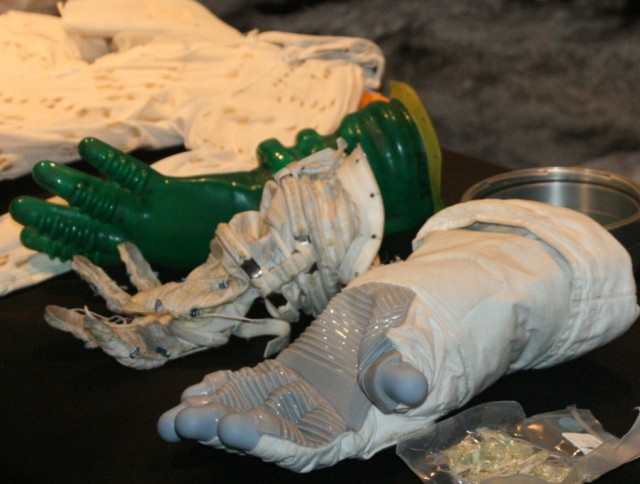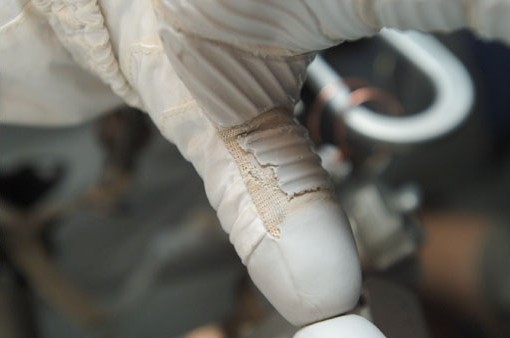I’d like to reproduce part of my conversation with Peter Vrabec over here. Together with others, Peter is very actively helping track down the nasty rsyslog segfault bug. He had quite a good idea of what could have caused it, resulting in me doing another focussed code inspection. I just explained to him why we have not yet found the problem. And there is a lot of detail in that description. Detail, I think, that others can benefit from, too. So here it comes:
> *** glibc detected *** rsyslogd: double free or corruption (!prev):
> 0x09cbd588
> ***
> (gdb) print (uchar *) 0x09cbd588
> $49 = (unsigned char *) 0x9cbd588 “”
>
> is it possible to call free on pszRcvFrom when it points at “” ?
> because I can see:
> msg.c:
> if(pM->pszRcvFrom == NULL)
> return “”;
> else
> return (char*) pM->pszRcvFrom;
>
> same with getRawMsg/getUxTradMsg/…, places where mudflap
> screams in MsgDestruct().
Sorry – if I have not totally screwed up, it’s impossible that this is the problem. I’ve done (yet another) thorough review. All of these functions are either called to supply another Set…() function (which simply copies over the “”, but does not free it) or from MsgGetProp(). MsgGetProp() uses a variable (pbMustBeFreed) to track whether or not a buffer must be freed. In general, unmodified properties are never freed – this happens only at message destruction (MsgDestruct()). MsgDestruct() however, just checks the pointers and frees if they are non-NULL. So MsgDestruct() is not interested in getRawMsg() or another get() function returning an empty string except a NULL pointer.
I have also checked if MsgGetProp() and its helpers correctly handle pbMustBeFreed – and they do it right. So a buffer is only freed when it was dynamically allocated. Message properties are only created during message construction and are free()ed when the message is destroyed.
So I guess we have found another part of the code that does not cause the problem.
What I would like to re-iterate, though, is that the segfault problem seems to disappear under all circumstances if compiled with –disable-pthreads. IF SO (and this is my current assumption), it can not be a general logic error like a double free but must be a synchronization problem. Let me re-iterate: I have yet to find a single installation that has a segfault when running on a single thread! All folks with segfaults that compiled in single threading mode did no longer experience any problems. This is strong evidence to me.
But while I almost think I know it is threading related, I can not find anything wrong in that area, too. The threading model is very simple and construction/destruction of elements is spread in an easy way over the two threads. Basically, the listener thread creates the message and its properties, while the action thread destructs them. There are a few exceptions where properties are derived, but nothing really complex. Yet, I still think it is in the threading area – why does it work in single thread mode otherwise?




